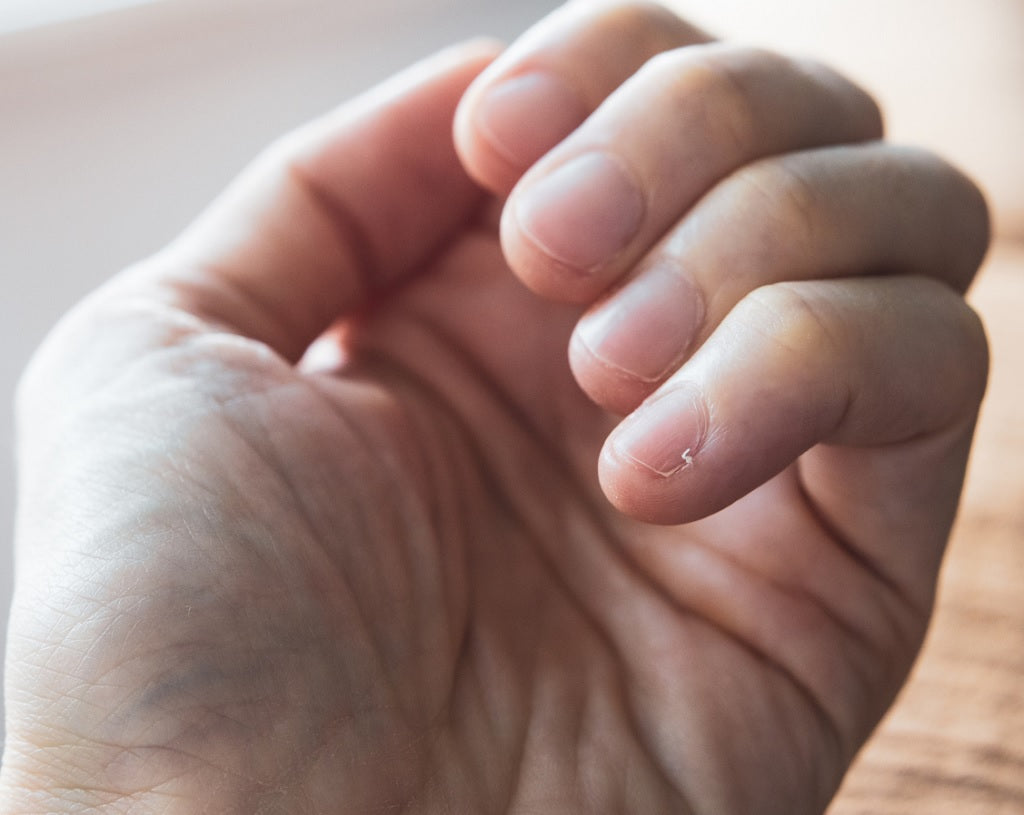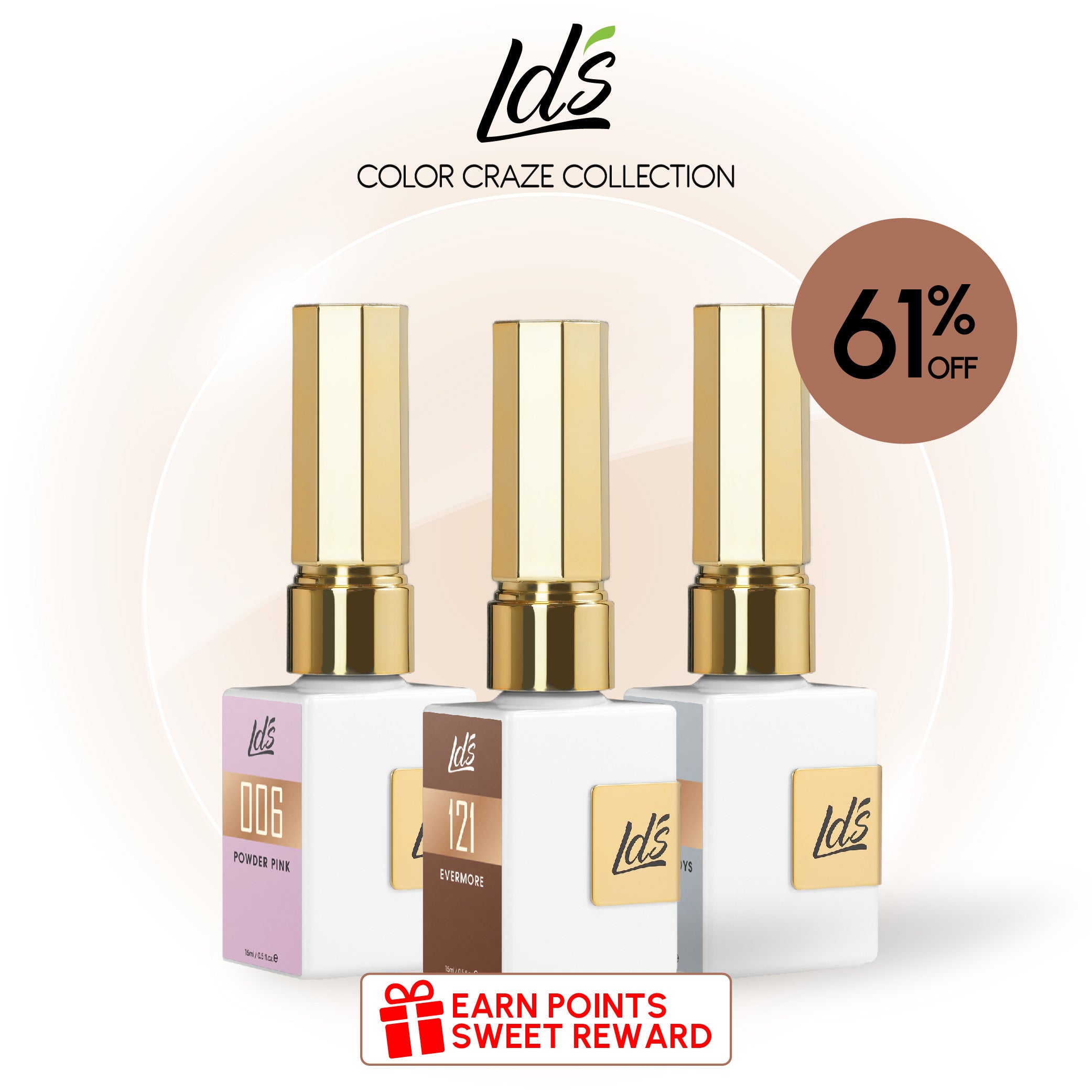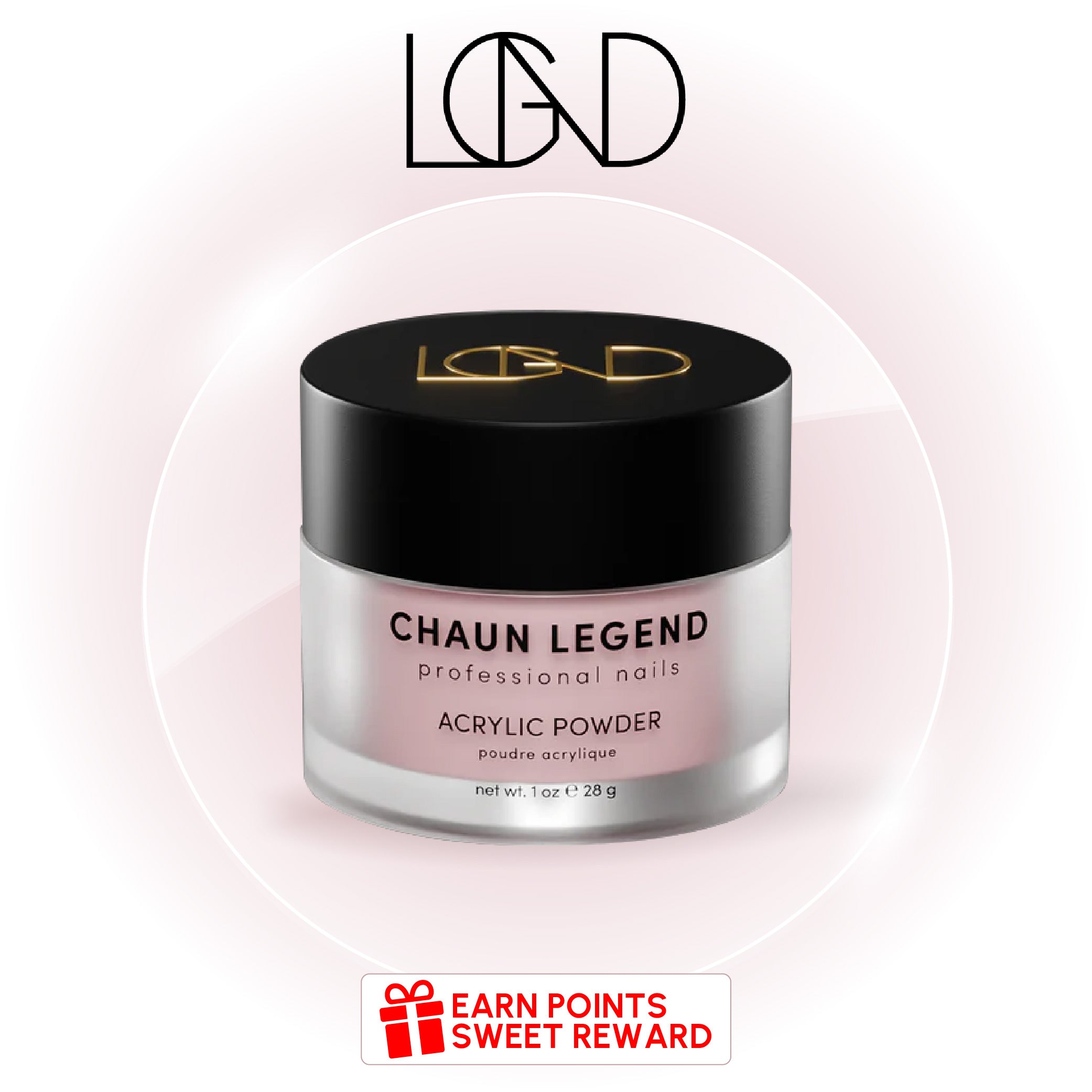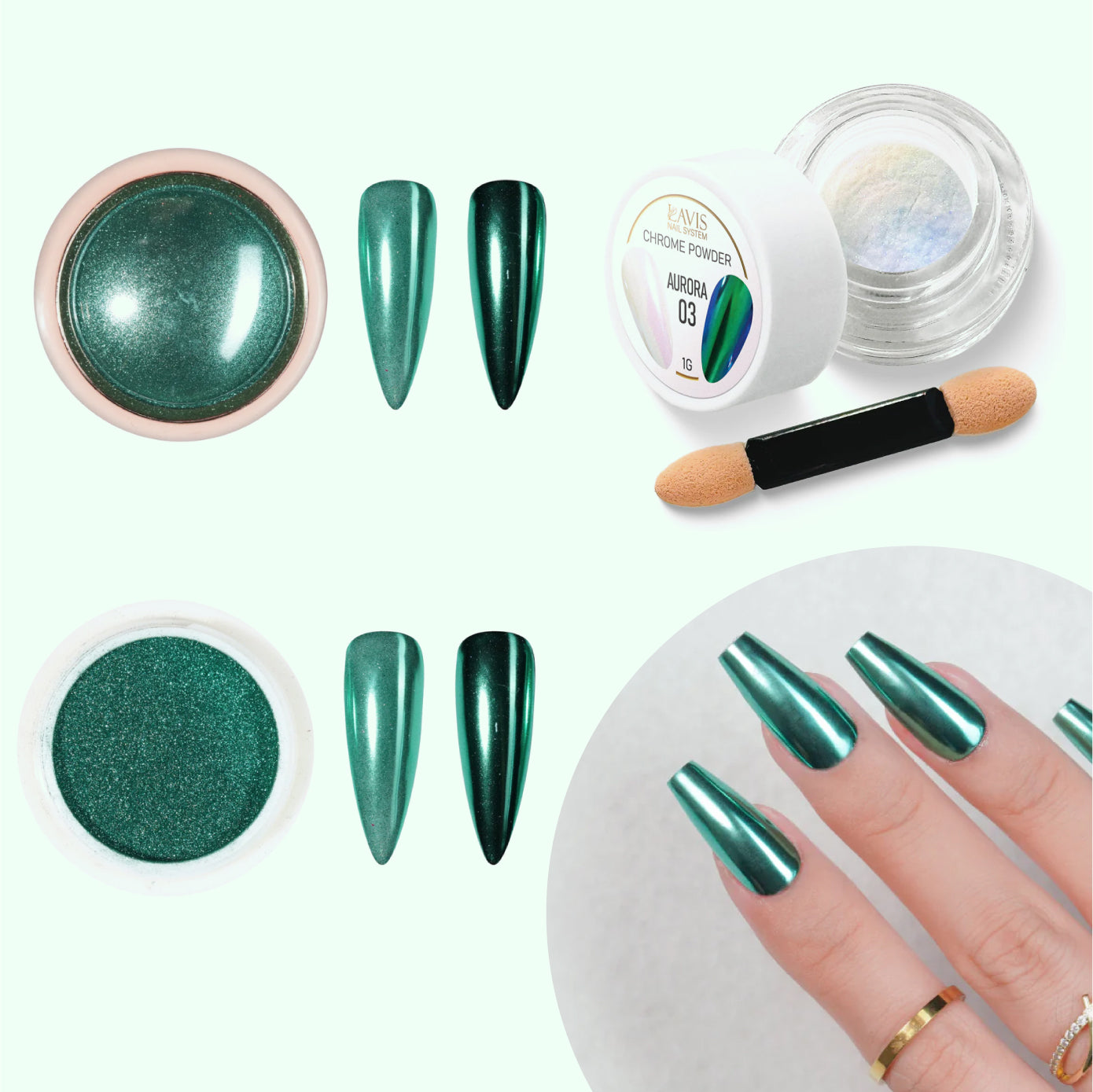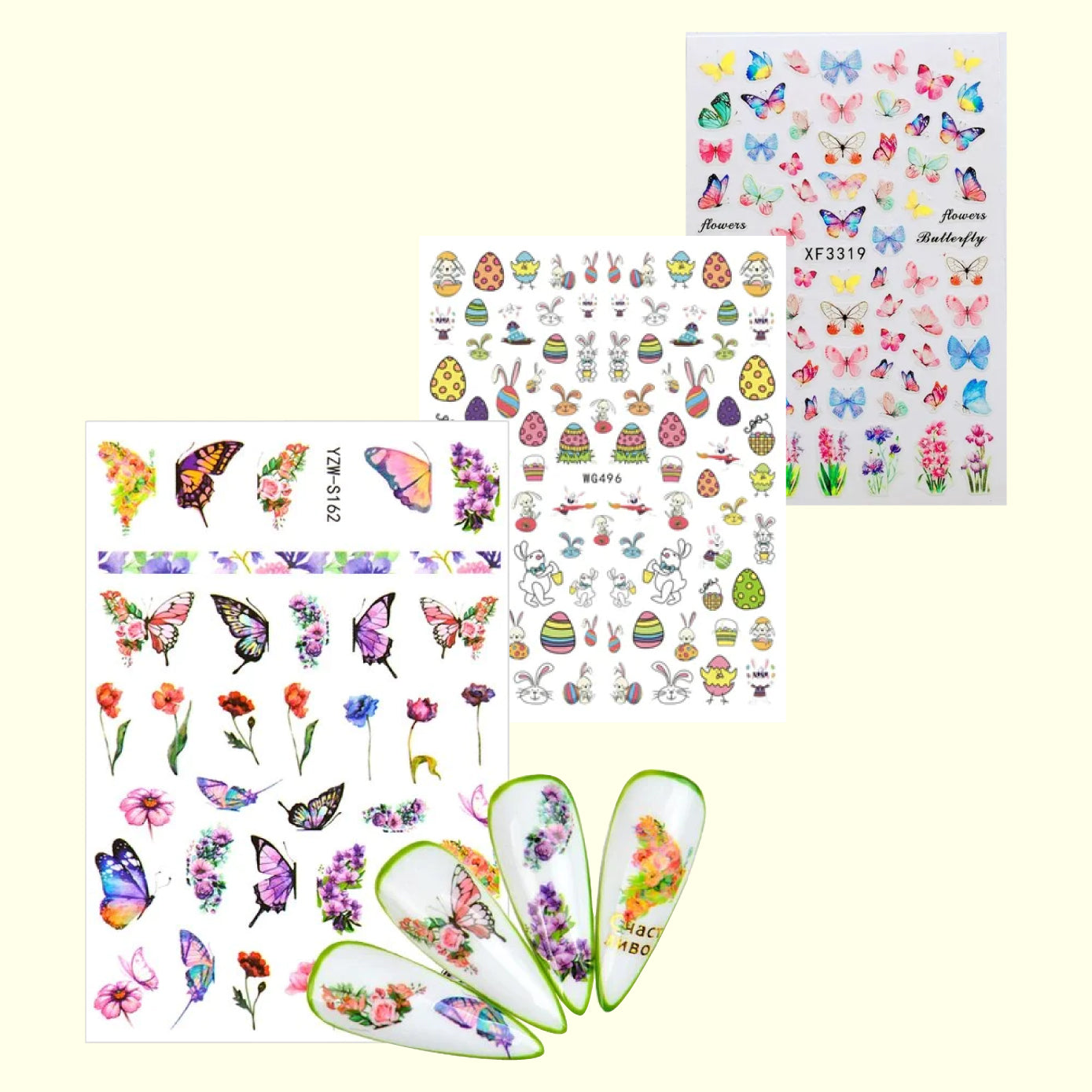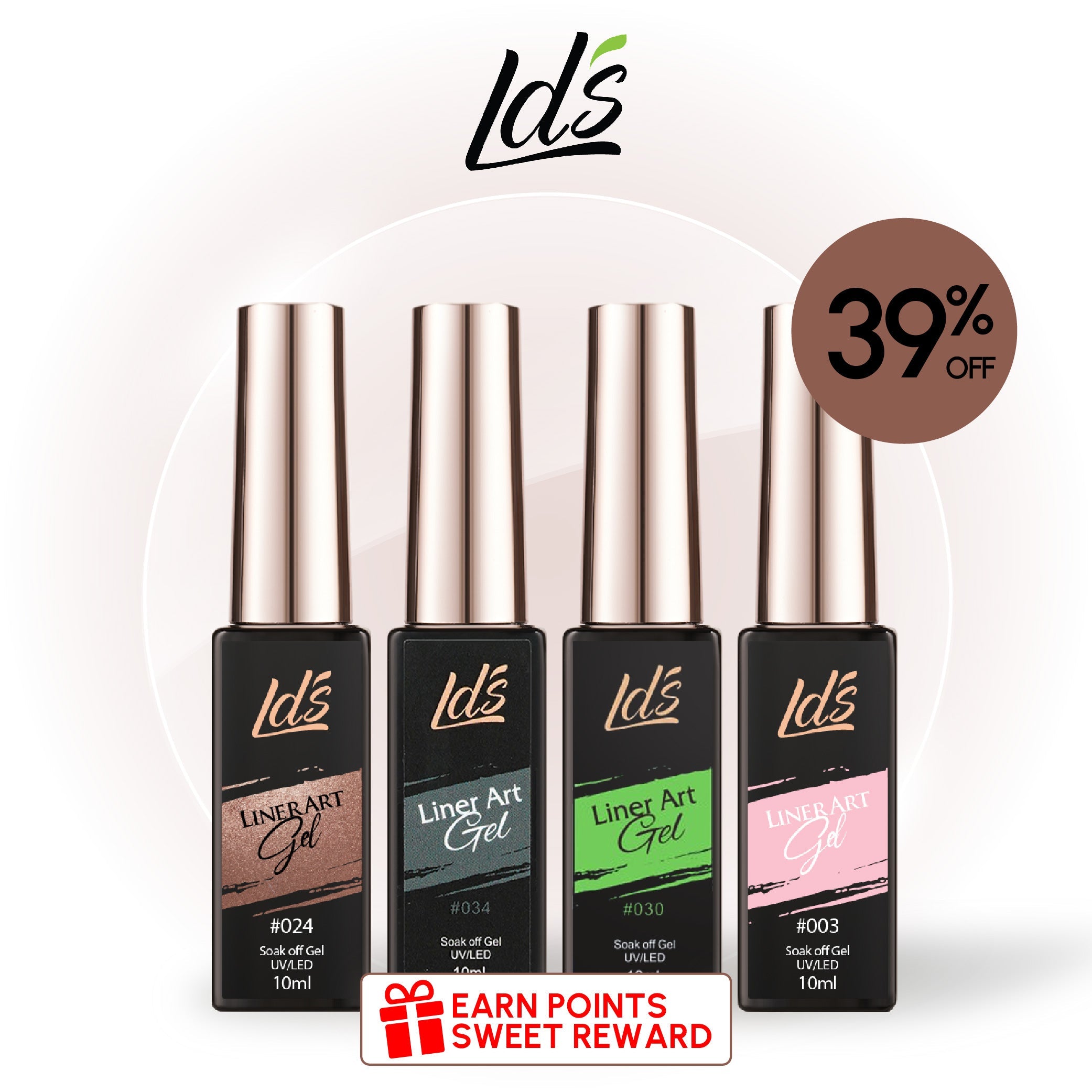At first, a hangnail might be a minor annoyance. But it can quickly turn into something very painful and unsightly. If you want beautifully manicured hands, you must understand how to treat and avoid this common problem. Let’s talk about hangnails: causes, treatment, risks, and more.
Before we begin, we have a quick disclaimer. Please consult a qualified healthcare professional if hangnails are a persistent concern for you or if you have signs of infection such as redness, swelling, and discharge.
What Causes Hangnails?
First, let's go over what causes hangnails. They are minor cuts or tears in the cuticle or the skin around the nails.
Dry skin is often a key factor behind hangnails. It’s more likely to peel and crack. And frequent exposure to detergents, chemicals, and even plain water can dehydrate the skin. This includes regular use of nail polish remover.
Cold weather also contributes to hangnails, as does low humidity. The environment can suck the moisture right out of the skin.
Moreover, hangnails are likely to develop if the nails or the skin around them are injured. People who have a habit of cuticle picking or nail biting are more prone to this problem. But overzealous trimming of the cuticles can also cause hangnails.
What Are the Risks of Hangnails?
It may be hard to believe, but hangnails aren't just an annoyance. They can pose risks if they aren't cared for promptly and correctly.
After all, you’ve probably noticed how hard it is to use the affected finger or toe when you have a hangnail. It hurts!
But there are more significant problems than inconveniences. For example, a hangnail can become inflamed and infected. It creates an opening in the skin, which increases the risk of bacterial or fungal infection. If bacteria or fungi enter the open wound, it can lead to redness, swelling, pain, and pus discharge.
In severe cases, an infection may cause cellulitis or an abscess and spread into the bloodstream. Sadly, this can happen to anyone, even healthy adults.
Also, anyone with diabetes or an autoimmune condition should get prompt medical attention for an infected hangnail. Any break in the skin can be life-threatening.
What Is the Best Treatment for Hangnails?
When you notice a hangnail, don’t delay treating it. Here are the steps to follow:
- Sanitize the clippers, cuticle nippers, or scissors you'll use by soaking them in rubbing alcohol for 5 to 10 minutes. If you can't wait that long, cleanse them with alcohol and let them air dry for 30 seconds.
- Wash your hands with soap and water and thoroughly clean the affected area. It may help to soak the hangnail in warm water for a few minutes. It makes it easier to trim the skin and nails.
- Cut the hangnail as close to the base as possible without damaging the healthy skin. This may be painful. If it bleeds, use a styptic solution or direct pressure and a clean tissue to staunch it.
- Apply an antiseptic or antibacterial product and let it absorb. Then cover the hangnail with a bandage. If the wound is small, you may cover it with fragrance-free moisturizer, cuticle oil, or a thin layer of petroleum jelly to help it stay hydrated and heal faster.
- After treating the hangnail, keep it dry and protect it from dirt and chemicals until the skin heals. Keep it clean and apply moisturizer or other healing treatment morning and night or as often as needed.
How Long Does It Take for a Hangnail to Heal?
It usually takes a day or two for a hangnail to stop hurting. Then it may take a week for the skin to heal completely. When you want to cure the hangnail faster, wrap it in a bandage.
Bandages (i.e., Band-Aids) not only create a physical barrier to protect wounds from contaminants but also make a moist environment to speed up healing. If the skin is hydrated, it can repair itself quicker. Moreover, bandages guard against friction and reduce the times you have to clean or moisturize the wound.
Can You Hide a Hangnail?
It may be nearly invisible once you've trimmed and moisturized a hangnail. But we've had a few inquiries about how to disguise a hangnail for selfies after a manicure. So, we have a couple of suggestions.
First, try creative positioning. Angle the hand or foot so that the hangnail is less visible.
Alternatively, apply concealer. However, this may sting and could lead to an infection. We advise washing it off immediately after taking photos and applying antiseptic and moisturizer instead.
How to Prevent Hangnails?
Your best bet for preventing hangnails is to keep your skin hydrated. Use a nourishing moisturizer and pamper yourself with spa gloves during a manicure. Most of all, apply cuticle oil regularly.
Moreover, avoid biting and picking at the nails and cuticles. Instead, trim your nails regularly and use a fine-grit file to smooth the edges.
Upgrade your manicure tools instead of using dull, rusty clippers or scissors. Clean, sharp blades will do a better job of protecting you from hangnails.
Also, don gloves when doing household chores. The less your skin is exposed to chemicals and long soaks in water, the better it can resist dehydration and injury.
And one more plug for cuticle oil – put bottles in the bathroom, your bedside, and in your bag so that you can always refresh your fingertips after washing your hands.
Lavis Organic Cuticle Oil - Lavender

Get professional results with this salon-quality cuticle oil. It's available in several scents, including soothing lavender.
It's a vitamin-infused conditioner that prevents cracking, peeling, and splitting so your nails and skin stay healthy and strong.
What’s more, it features natural ingredients and plant-based preservatives to look after your health.
Conclusion
We’re glad you dropped by! We hope these tips help you treat and prevent hangnails in the future.
We invite you to visit our new arrivals page and get a sneak peek at what’s hot in the nail world. Also, take advantage of deals on essential nail supplies while enjoying free delivery on orders over $100!


